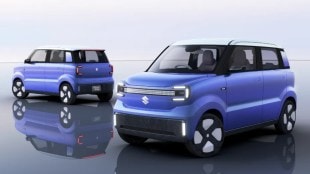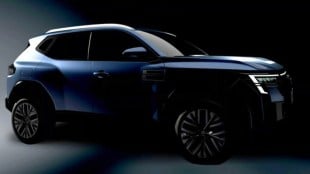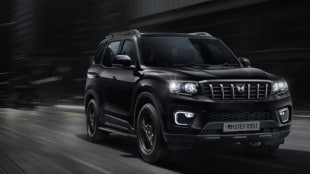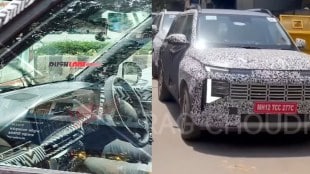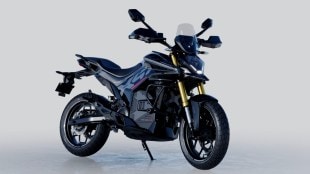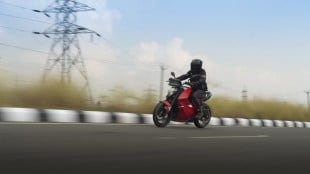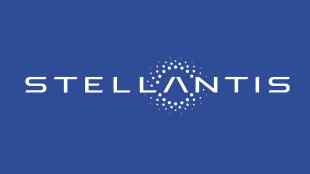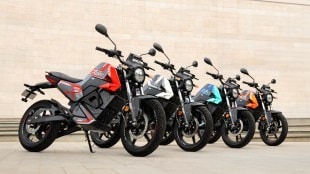The United States’ decision to offer a 3.75% tariff relief on imported auto parts used in domestically assembled vehicles is expected to benefit Indian auto component maker Sona BLW Precision Forgings (Sona Comstar), according to its MD and Group CEO, Vivek Vikram Singh.
Speaking to FE, Singh said that all of Sona Comstar’s US customers, including manufacturers like Ford and GM, qualify for the relief as they meet the requirement of at least 75% domestic value addition.
“This tariff relaxation is very, very good for us as a company. For the industry, it may not be as substantial as expected, but it benefits us directly since all our customers are US final assembly players,” Singh said.
The domestic component maker derives around 40% of its revenue from the North American market. In FY25, Sona Comstar reported a 12% year-on-year revenue growth, reaching Rs 3,555 crore.
Sona Comstar estimates that only around 3% of its business may face some competitive pressure due to the presence of alternative suppliers in Mexico and Canada who could potentially replace it.
However, given the complexity and rigidity of automotive supply chains, the company believes such shifts are unlikely in the near term. Additionally, with manufacturing facilities already operating in both Mexico and the US, Sona Comstar is well-positioned to maintain its market share and sees minimal risk to 97% of its business over the next two years, Singh said.
The company is actively pushing its EV segment expansion. Revenue from the BEV segment surged 38% YoY, accounting for 36% of the total.
Despite a recent dip in electric vehicle (EV) sales, Singh remains confident about the sector’s long-term growth. Singh believes that pure electric and plug-in hybrid vehicles—considered part of the same segment by the company—will continue to expand, with global EV penetration potentially reaching 80% by 2035.
“Battery prices have dropped by 35% over the past five years, and charging speeds have improved significantly. These factors, combined with growing infrastructure, will drive cost competitiveness and accelerate EV adoption,” Singh said in an interview.
However, he acknowledged that the pace of growth could slow as the base expands or future headwinds, potentially pushing the 80% target closer to 2040. Still, Singh emphasised that this should not alter a company’s strategic priorities or long-term direction.
The company added four new EV programmes and two new customers during the year, taking its total EV programme count to 58 across 32 clients. Ebitda for FY25 came in at Rs 975 crore, representing an 8% YoY growth. The margin for the full year stood at 27.4%. Profit after tax rose 16% to Rs 601 crore, translating to a net profit margin of 16.9%.

